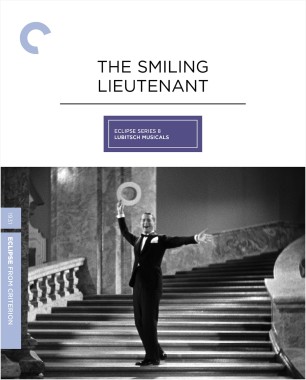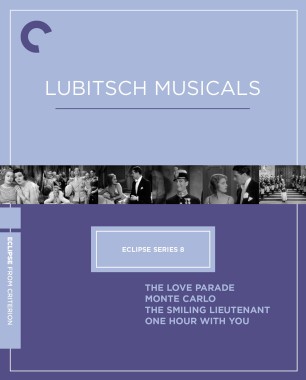Design for Living

Gary Cooper, Fredric March, and Miriam Hopkins play a trio of Americans in Paris who enter into a very adult “gentleman’s agreement” in this continental pre-Code comedy, freely adapted by Ben Hecht from a play by Noël Coward and directed by Ernst Lubitsch. A risqué relationship story and a witty take on creative pursuits, the film concerns a commercial artist (Hopkins) unable—or unwilling—to choose between the equally dashing painter (Cooper) and playwright (March) she meets on a train en route to the City of Light. Design for Living is Lubitsch at his sexiest, an entertainment at once debonair and racy, featuring three stars at the height of their allure.
BLU-RAY SPECIAL EDITION FEATURES
- New high-definition digital restoration, with uncompressed monaural soundtrack
- “The Clerk,” starring Charles Laughton, director Ernst Lubitsch’s segment of the 1932 omnibus film If I Had a Million
- Selected-scene commentary by film scholar William Paul
- British television production of the play Design for Living from 1964, introduced on camera by playwright Noël Coward
- New interview with film scholar and screenwriter Joseph McBride on Lubitsch and screenwriter Ben Hecht’s adaptation of the Coward play
- English subtitles for the deaf and hard of hearing
- PLUS: A new essay by film critic Kim Morgan
New cover by F. Ron Miller
BLU-RAY SPECIAL EDITION FEATURES
- New high-definition digital restoration, with uncompressed monaural soundtrack
- “The Clerk,” starring Charles Laughton, director Ernst Lubitsch’s segment of the 1932 omnibus film If I Had a Million
- Selected-scene commentary by film scholar William Paul
- British television production of the play Design for Living from 1964, introduced on camera by playwright Noël Coward
- New interview with film scholar and screenwriter Joseph McBride on Lubitsch and screenwriter Ben Hecht’s adaptation of the Coward play
- English subtitles for the deaf and hard of hearing
- PLUS: A new essay by film critic Kim Morgan
New cover by F. Ron Miller

Cast
- Fredric March
- Tom Chambers
- Gary Cooper
- George Curtis
- Miriam Hopkins
- Gilda
- Edward Everett Horton
- Max Plunkett
- Franklin Pangborn
- Mr. Douglas
- Isabel Jewell
- Stenographer
- Jane Darwell
- Housekeeper
Credits
- Director
- Ernst Lubitsch
- Producer
- Ernst Lubitsch
- From the play by
- Noël Coward
- Screenplay
- Ben Hecht
- Original music
- John Liepold
- Cinematography
- Victor Milner
- Editing
- Frances Marsh
- Art direction
- Hans Dreier
- Costume design
- Travis Banton














